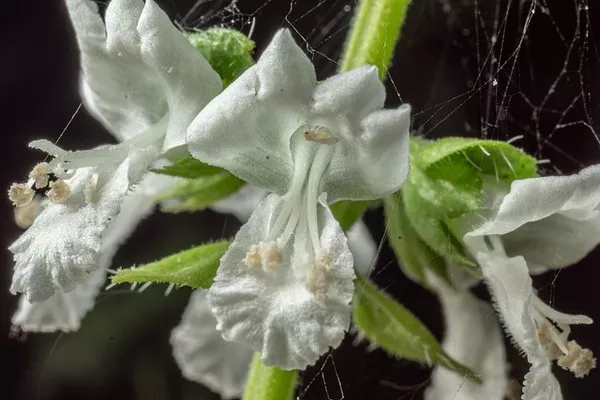Researchers have developed a groundbreaking method using specially engineered “sentinel plants” equipped with stress sensors to detect early signs of crop problems, potentially saving crops from damage caused by factors like insect infestation or bacterial infection.
The innovation relies on two fluorescent sensors that react to stress-related compounds present in plant leaves. When plants face stress, they release signaling molecules triggering adaptive responses. For instance, when plants are attacked by insects, they may produce signaling molecules that prompt the rest of the plant to generate chemicals repelling insects. Among the most common signaling molecules are hydrogen peroxide and salicylic acid.
Four years ago, a team led by Prof. Michael Strano at MIT developed a leaf-integrated sensor that fluoresces in the presence of hydrogen peroxide. The sensor comprises single-walled carbon nanotubes coated with synthetic DNA strands called oligomers.
The nanosensors are applied to the underside of a leaf, where they pass through microscopic openings called stomata and reach the mesophyll, the layer where most photosynthesis occurs. When hydrogen peroxide is produced in the mesophyll, it binds with the nanosensors, causing them to fluoresce, detectable with an infrared camera.
To enhance the detection capabilities, the team modified the oligomer structure to create a second nanosensor that fluoresces upon binding with salicylic acid instead of hydrogen peroxide.
In lab tests on pak choi plants, solutions containing both types of nanosensors were applied to different parts of the same leaf. When subjected to stressors such as intense light, heat, bacterial infection, or insect bites, the plants produced hydrogen peroxide within minutes, followed by salicylic acid within a two-hour window. The time taken for salicylic acid to appear varied depending on the type of stressor.
This method enables farmers to monitor sentinel plants within a crop using an infrared camera. The presence of hydrogen peroxide alone indicates insect damage, while the appearance of both signaling molecules signifies various stressors. Conversely, the absence of these molecules indicates healthy plants.
Prof. Strano highlights the significance of the technology in providing real-time information for farmers to intervene promptly, offering faster diagnostics compared to other sensors.
“These two sensors together can tell the user exactly what kind of stress the plant is undergoing,” explains Prof. Strano. “We’re incorporating this technology into diagnostics that can give farmers real-time information much faster than any other sensor can, and fast enough for them to intervene.”


